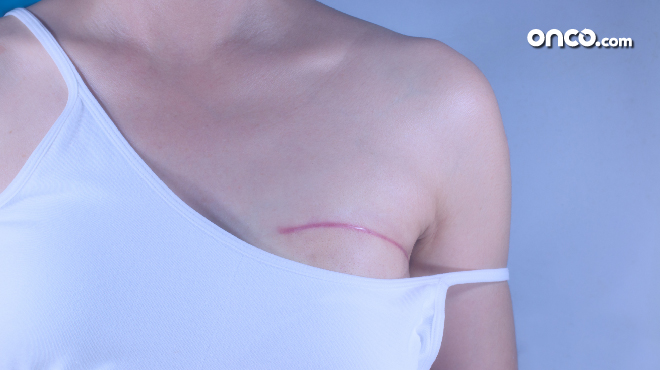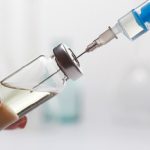Possible complications arising out of surgery in breast cancer treatment
Surgery is undoubtedly the most sought-after and effective form of treatment for breast cancer patients. While surgical oncologists take every form of precaution to minimize any possible side effects, the possibility of complication still exists. The most common possible complications arising out of different forms of breast cancer surgery include:
Infections
Infections can arise due to open wounds or inadequately sterilized surgery equipment and are arguably the most common form of complication that patients should be aware of. Furthermore, patients are advised to be on the lookout for any signs of redness or swelling near the incision, with pus or foul-smelling drainage. Infections arising out of surgery can also lead to a fever. Usually, doctors prescribe antibiotics for these infections. Obesity, diabetes, older age and smoking increase the risk of infection.
Hematoma
This is a build-up of blood under your skin or an internal blood clot. A hematoma bruise is similar to a common skin injury that results in the discolouration of the skin. Blood from blood cells with damage after surgery deep beneath the skin collects near the surface of the skin, creating an internal clot or a black and blue mark.
Lymphedema
This is commonly seen as swelling in the arm for breast cancer patients. Patients should look for swelling of the arm or hand on the side of the body containing the breast that needs surgery. Lymphedema can be a side effect of a sentinel lymph node biopsy or an axillary lymph node dissection. Also, regular and formal arm exercises can also be used to reduce the possibility of swollen arms after surgery.
Seroma
This is a collection of fluid under the skin flaps. It begins as swelling from a fluid build-up at the site of the surgery. Usually, such extra fluids enter the body, but in cancer patients, fluid retention is unstable, and a build-up can present itself on the skin. Seroma may result in a delay of wound healing, wound infection, flap necrosis, and poor cosmetic appearance. Drains are effective in preventing seroma formation.
Skin Flap Necrosis
This particular complication occurs in about 10 to 18 % of all breast cancer surgery patients. A previous history of radiation treatment, diabetes, older age or smoking can increase the risk of flap necrosis.
Pain
For some patients, burning, itching, tightness or constriction of the armpit area, upper arm and chest wall may occur after surgery.
Phantom Breast Syndrome
Patients may experience a change in chest wall sensations after surgery. This type of sensation within the residual breast tissue can persist for years after surgery. The most common complaints about such patients are pain and itching.
Besides, the common surgical complications, patients undergoing breast cancer surgery are also susceptible to have a bad reaction to surgical anesthesia, and/or have stiff shoulders for a while after the surgery.
Related Posts:




